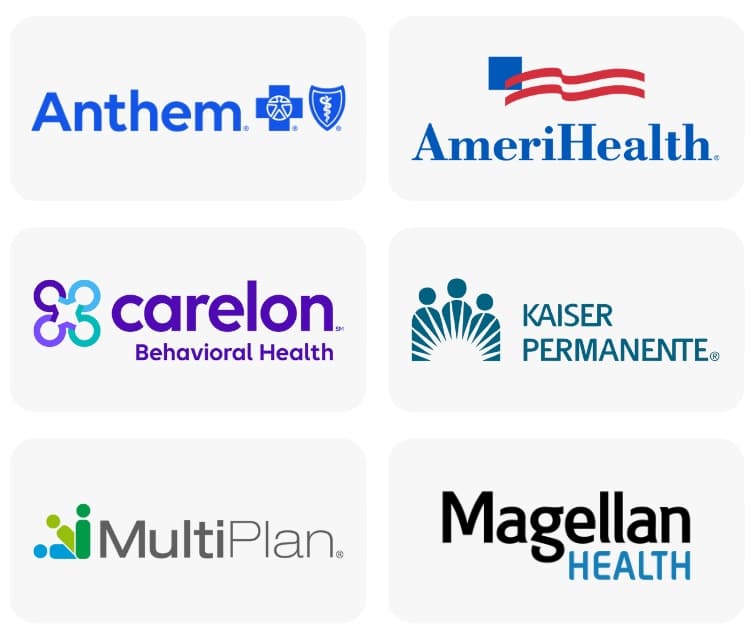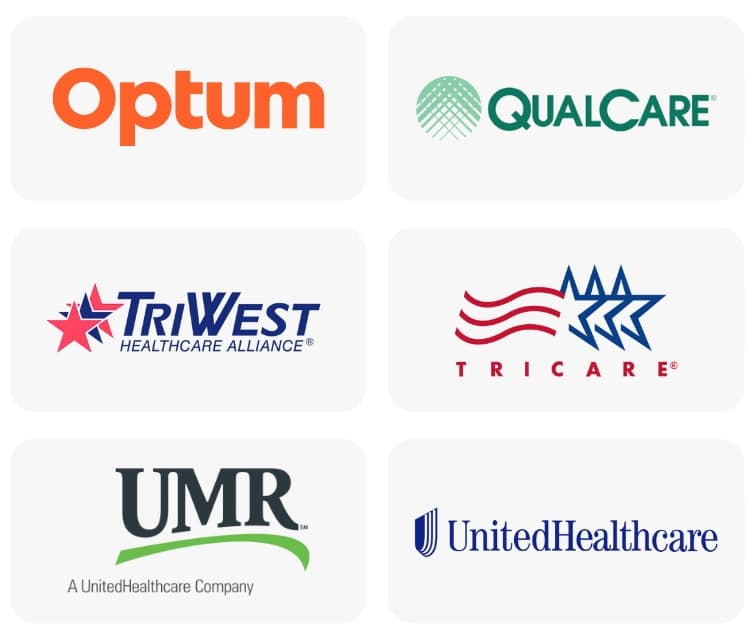Instead of focusing solely on abstinence, harm reduction strategies prioritize safety, dignity, and incremental change. Whether it’s distributing naloxone, operating needle exchanges, or offering medication-assisted treatment like suboxone, harm reduction helps people stay alive and stay engaged, even if they’re not ready to quit. For many, it’s the first step toward meaningful recovery.
Why Harm Reduction Matters in Addiction Treatment
Harm reduction is a compassionate, practical approach to treating addiction that meets people where they are. Instead of insisting on immediate abstinence, harm reduction focuses on minimizing the negative consequences of substance use—whether that’s reducing the risk of overdose, preventing the spread of disease, or helping someone stay housed and employed. This model recognizes that recovery is not always a straight line and that even small steps, like using clean syringes or attending therapy while still using, can save lives and lay the foundation for long-term change.
By prioritizing safety, dignity, and individualized care, harm reduction helps build trust and engagement. It often serves as a gateway to deeper treatment, allowing individuals to move toward sobriety at their own pace with the support they need.
Harm Reduction vs. Abstinence-Based Recovery
Abstinence-based recovery and harm reduction are often seen as opposing approaches, but they can actually complement one another. Abstinence-based programs—like 12-step models—focus on completely stopping all substance use and are often rooted in community support, spiritual growth, and structured accountability. These programs have helped millions find lasting recovery, especially those ready to fully commit to sobriety.
Harm reduction, on the other hand, accepts that not everyone is ready or able to stop using entirely. It aims to reduce the health and social harms of substance use while still supporting individuals’ goals—whether that’s cutting back, switching to a safer substance, or eventually becoming abstinent.
The best treatment plans don’t rigidly choose one side—they adapt to the person’s needs. For some, harm reduction can be a stepping stone to abstinence. For others, it may be a long-term strategy for staying safe and engaged in life.
"*" indicates required fields
Fill out the form below and one of our admissions team members will reach out to you:
"*" indicates required fields
Examples of Harm Reduction Strategies
Harm reduction takes many forms, all designed to lower the risks associated with substance use. These strategies don’t require a person to quit using drugs immediately—instead, they offer practical tools to protect health, prevent death, and support recovery when someone is ready. Below are some of the most effective harm reduction practices used today.
Safer Drug Use Practices
Educating people on safer ways to use substances, like not using alone, testing drugs for fentanyl, or using clean equipment, can significantly reduce the risk of overdose, infection, and injury. Providing access to safe spaces, hygiene supplies, and honest information empowers individuals to make healthier choices and avoid unnecessary harm.
Overdose Prevention
Harm reduction programs often include training on how to recognize and respond to an overdose. Encouraging people to avoid mixing substances, use smaller test doses, and have someone nearby who can help in case of emergency are key steps in preventing fatal overdoses.
Needle Exchange
Needle exchange programs offer clean syringes in exchange for used ones, reducing the spread of HIV, hepatitis C, and other bloodborne illnesses. They also create a critical point of contact where users can access health screenings, referrals to treatment, and other life-saving resources—no questions asked.
Naloxone Distribution
Naloxone (Narcan) is a fast-acting medication that can reverse opioid overdoses. Many harm reduction centers provide naloxone for free and train community members, drug users, and their families on how to use it. Making naloxone widely available helps save lives and keeps the door open for future recovery.
Suboxone Treatment
Suboxone (buprenorphine/naloxone) is a medication used to treat opioid use disorder by reducing cravings and withdrawal symptoms. Unlike some abstinence-only models, harm reduction supports the use of Suboxone as a long-term or transitional option that stabilizes individuals and allows them to rebuild their lives while staying safe and functional.
Does Harm Reduction Work?
Yes—harm reduction has been proven effective across a wide range of settings. Studies consistently show that harm reduction strategies reduce overdose deaths, lower the spread of infectious diseases, and increase engagement in healthcare and treatment services. Programs like needle exchanges and naloxone distribution save lives without encouraging more drug use. In fact, many people who start with harm reduction eventually choose to pursue abstinence or long-term treatment because these services build trust and keep them connected to care.
Harm reduction also works on a public health level. Communities that implement harm reduction strategies often see fewer emergency room visits, reduced healthcare costs, and less strain on social services. It’s a practical, humane approach that recognizes the reality of addiction and offers a pathway forward—even when abstinence isn’t immediately possible.
New Jersey Addiction Treatment
For those looking for an alcohol and drug rehab in Hamilton, NJ, Footprints to Recovery is here to help. Here, you can take advantage of effective harm reduction strategies while undergoing compassionate and research-based treatment that addresses the roots of your addiction. Reach out today to get started.


